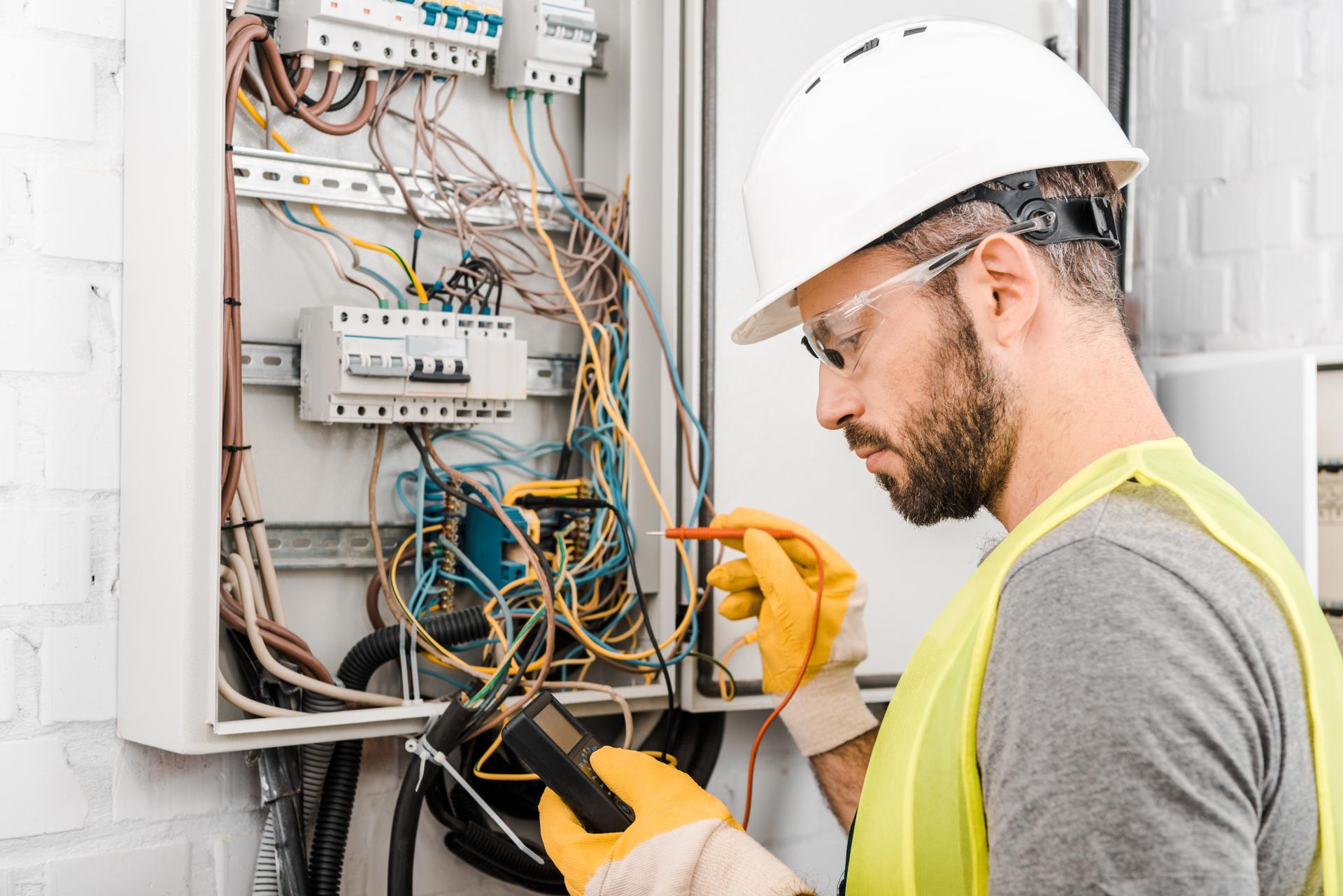How Electrical Wiring Functions Inside Your Home: A Thorough Overview

Electricity is a vital part of our everyday life, powering everything from the lights of our homes to the gadgets we use every day. But electricity systems are a bit complicated and understanding how they operate can be difficult. In this guide we’ll breakdown the elements of an electrical system, and show how circuits operate to power devices and appliances. Our residential electricians can handle any electrical jobs you need.
The components of an electrical system
An electrical system has several key components that work together to provide power throughout the home. They include:
Breaker box is the central source of electrical energy in a house that is where electricity is divided into different circuits
Switches and outlets: points where electricity is delivered to appliances and devices
Wiring: the wires that transmit electricity from the breaker box to outlets and switches
Electric appliances, devices and equipment: the devices and appliances that use electricity to function
Electrical Circuits
A circuit of electricity is a path that allows electricity to flow from the main source (the the breaker box) to appliances and devices within a home. There are two kinds of electrical circuits in a home which are 120-volt circuits and 240-volt circuits. 120-volt circuits are utilized for the majority of household appliances and appliances, whereas the 240-volt circuits are utilized for larger appliances such as dryers and air conditioners.
Electrical circuits function by creating a loop that allows electricity to flow from the source to the appliance or device. The loop is comprised of a hot wire which carries the electricity, a neutral wire that completes the circuit as well as the ground wire which provides an avenue for the electricity to get to the ground in case there is a problem.
Understanding Electrical Wiring
Electrical wiring is available in many kinds, such as non-metallic sheathed cable (NM) and armored cable (AC), and conduit. Each comes with its own pros and drawbacks and the selection of the type of wiring is based on the specific requirements of the installation.
Wiring conducts electricity through a flow of electrons in the wire. The electrons flow between the origin and the appliance or device, and back to the source through the neutral wire. It is crucial to make sure that the wiring is installed and maintained in a correct manner, as improper wiring can cause electrical dangers like shocks and fires.
Common Electrical Issues
Common electrical issues in homes include tripping light bulbs, flickering breakers and dead outlets. These issues can be caused by a myriad of causes, including overloading circuits, loose connections, and faulty wiring.
If you are experiencing any of these issues it’s essential to identify the root cause and take action to fix the problem. In some cases this could mean contacting a licensed electrician to look over and fix the wiring.
Concluding and Call to Action
Understanding the way electrical wiring functions is crucial for ensuring the security and reliability of your home’s electrical system. If you follow the rules laid out in this article, you can stay secure and avoid potential dangers.
In case you’ve got any questions or concerns regarding the electrical system in your home Don’t hesitate to reach out to Local Electrician St Marys. Our electricians are licensed and has the experience and knowledge to handle all your electrical needs. Contact us at 1300 610 481 to schedule a appointment.
FAQ
What are the indicators of a faulty electrical wiring?
Signs of faulty electrical wiring can include tripping breakers, flickering lights, and dead outlets, among others.
What is the best time to have my home’s electrical system inspected?
It is recommended to have your home’s electrical system inspected by a licensed electrician at least every 10 years.
What is the expected lifespan of electrical wiring?
The life expectancy of electrical wiring is dependent on a variety of factors, including what kind of wire used, the location it’s located in, as well as the quality of installation. In general, most electrical wiring can last at least 30-years or longer if it’s installed with proper installation and maintenance.
Do I have the ability to fix electrical issues myself , or do I need to engage an electrician?
While some electrical problems can be solved by homeowners, it is recommended that you hire an authorized electrician to complete most electrical repairs. Making attempts to fix electrical problems without the proper education and expertise is risky and may cause injury or damage in your house.
What do I do if encounter an electrical problem within my home?
In the event of an electrical problem, the first step is to turn off the power to the affected location by turning off the breaker or fuse. Then, contact a licensed electrician to examine and fix the issue as soon as you can.
By following these rules By following these rules, you can ensure safety and reliability of your electrical system in your home and reduce any potential dangers. Be aware that when it comes to electrical repairs as well as installations, it’s always best to trust the experts. Contact Local Electrician St Marys at 1300 610 481 to discuss all of your electrical requirements.
